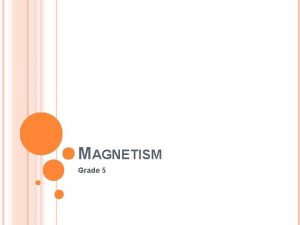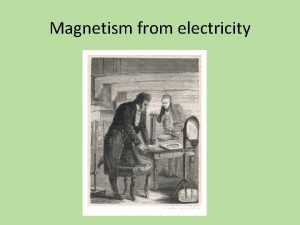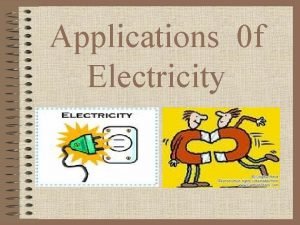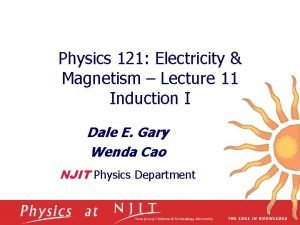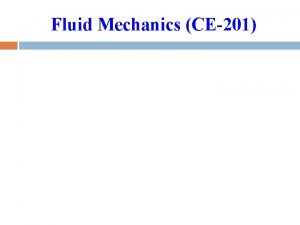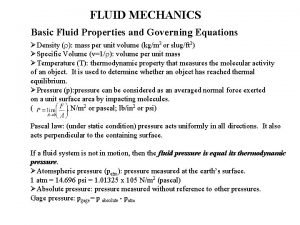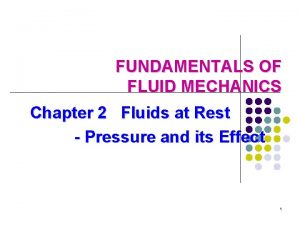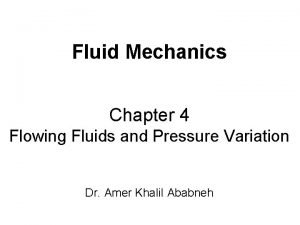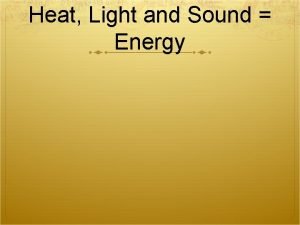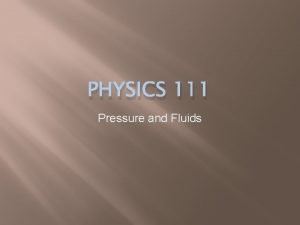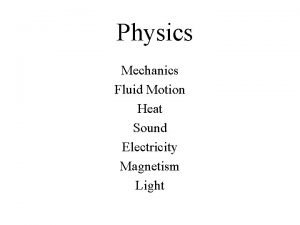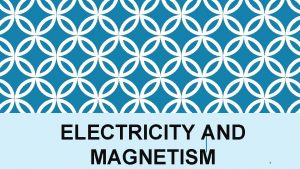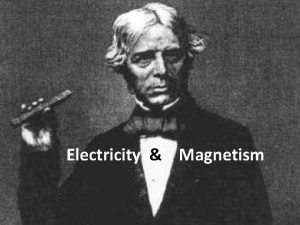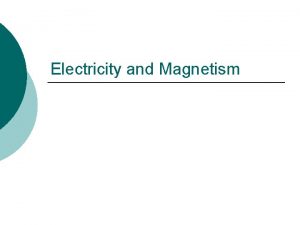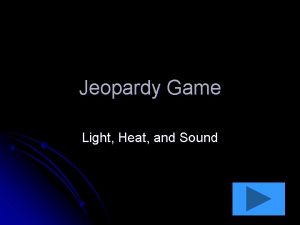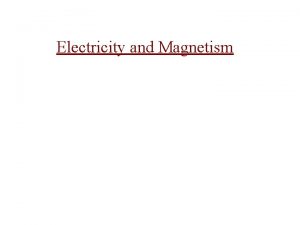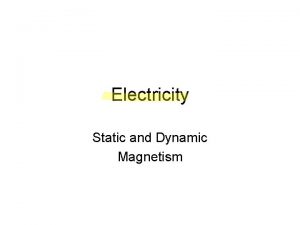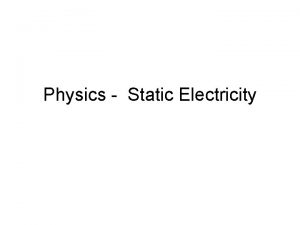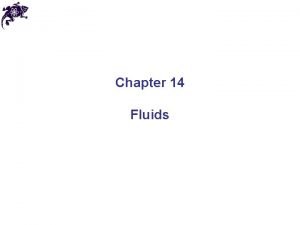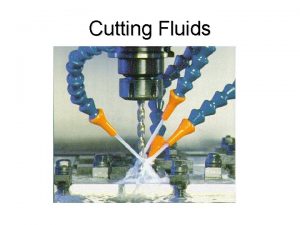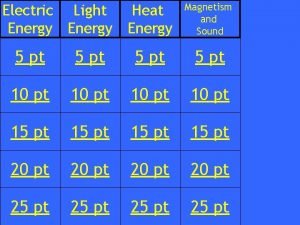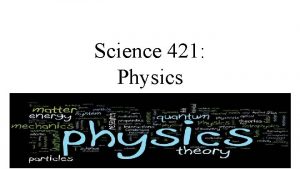Physics Mechanics Fluids Sound Heat Electricity Magnetism Light






















- Slides: 22

Physics Mechanics Fluids Sound Heat Electricity Magnetism Light

C H A P T E R 25 The Reflection of Light: Mirrors Types of Mirrors: Plane Mirror Spherical Mirror: Convex and Concave Parabolic Mirror

Wave Fronts and Rays A hemispherical view of a sound wave emitted by a pulsating sphere. The wave fronts are drawn through the condensations of the wave, so the distance between two successive wave fronts is the wavelength, λ. The rays are perpendicular to the wave fronts and point in the direction of the velocity of the wave.

Plane Wave Fronts The rays are perpendicular to the wave fronts and diverge. Far away from the source the wave fronts are almost planes. For a plane wave, the wave fronts are flat surfaces, and the rays are parallel to each other.

The Reflection of Light The law of reflection: The angle of incidence = The angle of reflection.

Types of Reflections

The Formation of Images by a Plane Mirror 1. The image is upright. 2. The image is the same size as you are. 3. The image is located as far behind the mirror as you are in front of it. 4. The image is a virtual image.

Virtual Image

Full-length Versus Halflength Mirrors Q: A woman is standing in front of a plane mirror. What is the minimum mirror height necessary for her to see her full image? A: For the woman to see her full-sized image, only a half-sized mirror is needed.

Multiple Reflections

Spherical Mirrors

Concave Mirror Light rays near and parallel to the principal axis are reflected from a concave mirror and converge at the focal point F. The focal length f is the distance between F and the mirror.

Focal Length and Radius The focal length f is one-half of the radius R.

Convex Mirror

Spherical Aberration Rays that are far from the principal axis do not converge to a single point after reflection from the mirror. This is known as spherical aberration and it is corrected with parabolic mirrors.

Parabolic Mirrors This long row of parabolic mirrors focuses the sun’s rays to heat an oil-filled pipe located at the focal point of each mirror.

Automobile Headlights Automobile headlights use parabolic mirrors. In a headlight, a high-intensity light bulb is placed at the focal point of the mirror, and light emerges parallel to the principal axis.

Ray Tracing for Concave Mirror Ray 1. This ray is initially parallel to the principal axis and, therefore, passes through the focal point F after reflection from the mirror. Ray 2. This ray initially passes through the focal point F and is reflected parallel to the principal axis. Ray 3. This ray travels along a line that passes through the center of curvature C and follows a radius of the spherical mirror; as a result, the ray strikes the mirror perpendicularly and reflects back on itself.

Mirror Equation

A Real Image Formed by a Concave Mirror A 2. 0 -cm-high object is placed 9. 0 cm from a concave mirror whose radius of curvature is 12 cm. Find (a) the location of the image and (b) its size (c) draw a ray diagram.

Shaving or Makeup Mirror

Ray Tracing for a Convex Mirror Ray 1. This ray is initially parallel to the principal axis and, therefore, appears to originate from the focal point F after reflection from the mirror. Ray 2. This ray heads toward F, emerging parallel to the principal axis after reflection. Ray 2 is analogous to ray 1, except that the reflected, rather than the incident, ray is parallel to the principal axis. Ray 3. This ray travels toward the center of curvature C; as a result, the ray strikes the mirror perpendicularly and reflects back on itself.
 4 forces of nature
4 forces of nature Ib physics topic 5 questions and answers
Ib physics topic 5 questions and answers Magnetism
Magnetism Magnetism jeopardy
Magnetism jeopardy Sph3u electricity and magnetism
Sph3u electricity and magnetism Relationship between electricity and magnetism
Relationship between electricity and magnetism Magnetic susceptibility formula
Magnetic susceptibility formula Grade 5 electricity and magnetism
Grade 5 electricity and magnetism Electricity and magnetism
Electricity and magnetism Electricity and magnetism
Electricity and magnetism Electricity and magnetism
Electricity and magnetism Electricity and magnetism
Electricity and magnetism Electricity and magnetism
Electricity and magnetism Electricity and magnetism vocabulary
Electricity and magnetism vocabulary Fluids mechanics
Fluids mechanics Kinematic viscosity unit
Kinematic viscosity unit Momentum fluid
Momentum fluid Gage pressure
Gage pressure Mechanic fluids
Mechanic fluids Fanning friction factor equation
Fanning friction factor equation Heat light and sound energy
Heat light and sound energy Sound wave forms
Sound wave forms Physics fluids practice problems
Physics fluids practice problems







